Optimal Timing for Waterproofing Applications
Waterproofing is a critical process to protect structures from water intrusion and damage. Timing plays a vital role in ensuring the effectiveness and longevity of waterproofing applications. Proper scheduling can prevent costly repairs and extend the lifespan of building components.
Spring and early fall offer ideal conditions with moderate temperatures and low humidity, facilitating proper curing and adhesion of waterproofing materials.
Extreme cold, high humidity, and heavy rain can compromise waterproofing application, leading to reduced effectiveness and potential rework.
Dry weather ensures proper adhesion and curing of waterproofing membranes, preventing future water ingress and damage.
Ensuring surfaces are clean, dry, and free of debris is essential before application, which is easier during stable weather conditions.
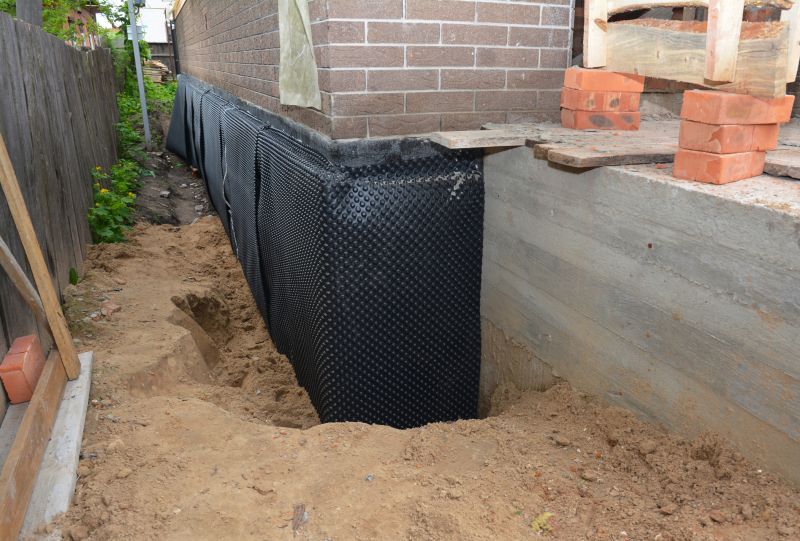
Spring offers moderate temperatures and low humidity, ideal for waterproofing projects.

Autumn provides cool, dry weather suitable for waterproofing before winter.
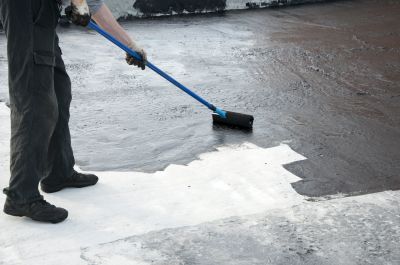
Dry, mild days are best for waterproofing to ensure proper adhesion and curing.
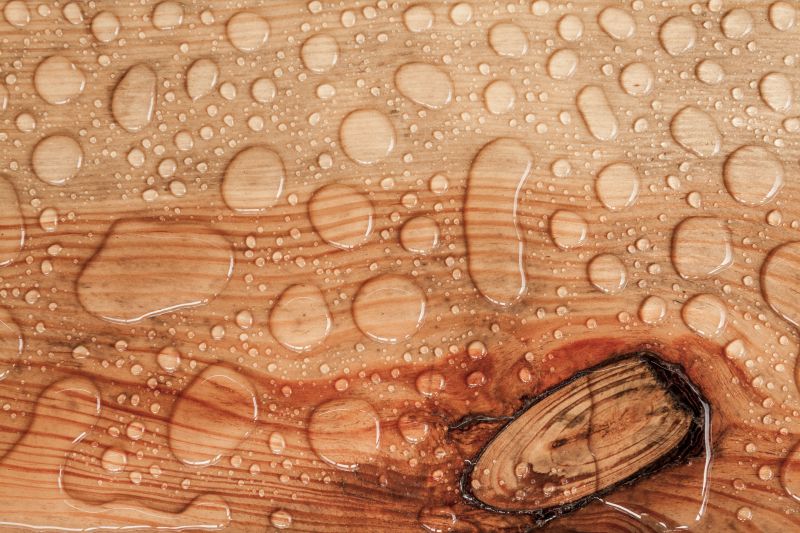
Dry conditions facilitate surface preparation and application processes.
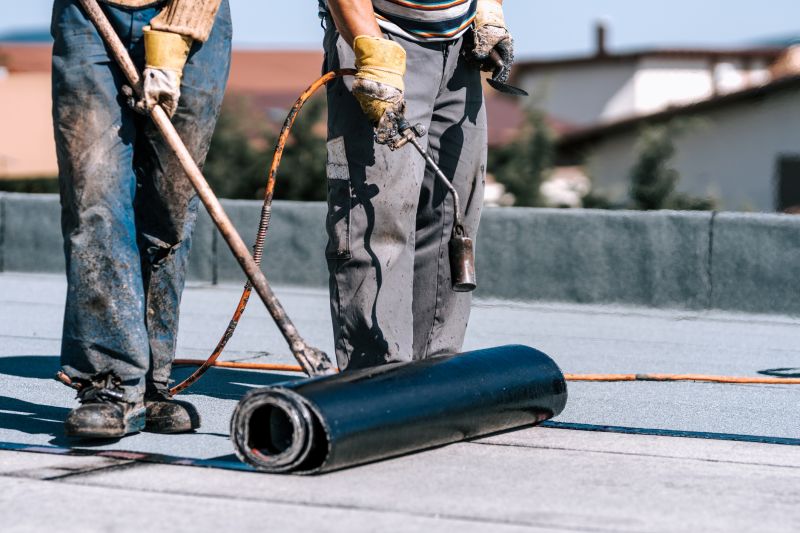
Optimal temperatures between 50°F and 85°F ensure best results.
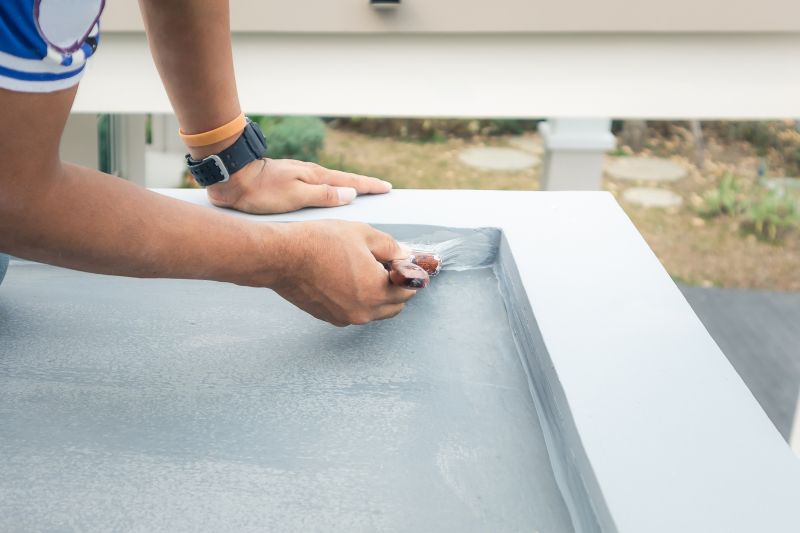
Moderate seasons help avoid issues caused by extreme weather.
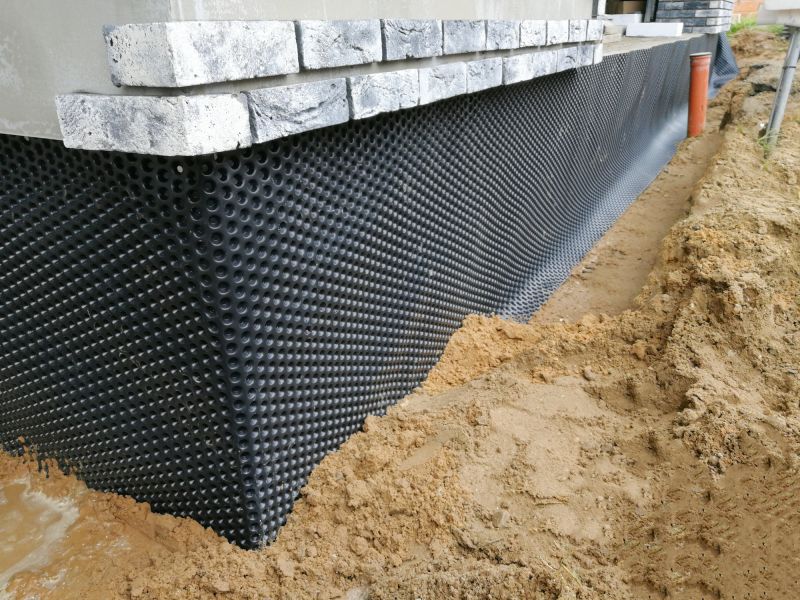
Heavy rain or frost can hinder application and curing.

Plan applications during stable weather for best outcomes.
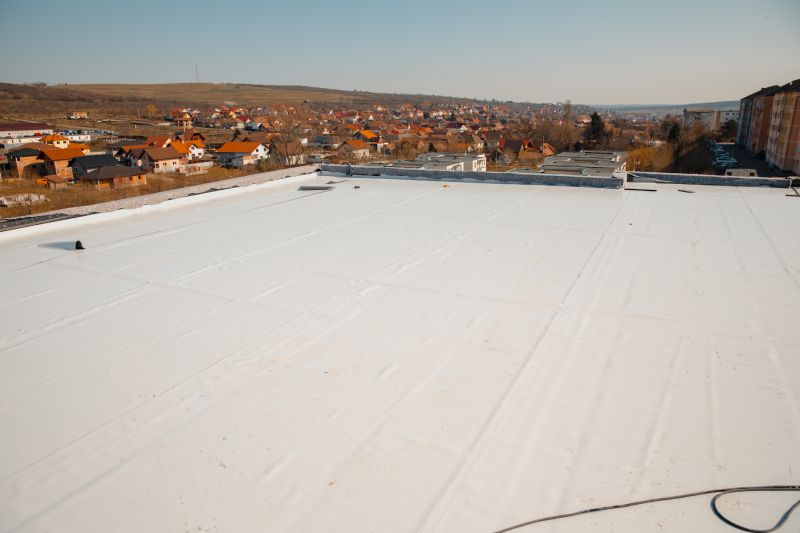
Summer can be suitable if temperatures are within recommended ranges and humidity is low.
| Season | Best Conditions |
|---|---|
| Spring | Moderate temperatures, low humidity, dry weather |
| Early Fall | Cool, dry days, stable weather |
| Summer | Suitable with proper temperature control and low humidity |
| Winter | Generally not recommended due to cold temperatures and moisture issues |
Waterproofings involve applying specialized membranes, coatings, or sealants to protect structures from water penetration. Proper timing ensures these materials perform as intended, preventing leaks, structural damage, and mold growth. Regularly scheduled waterproofing during optimal seasons enhances durability and reduces long-term maintenance costs. Advances in waterproofing technology provide solutions suitable for various climates and building types, emphasizing the importance of planning applications during appropriate weather conditions.
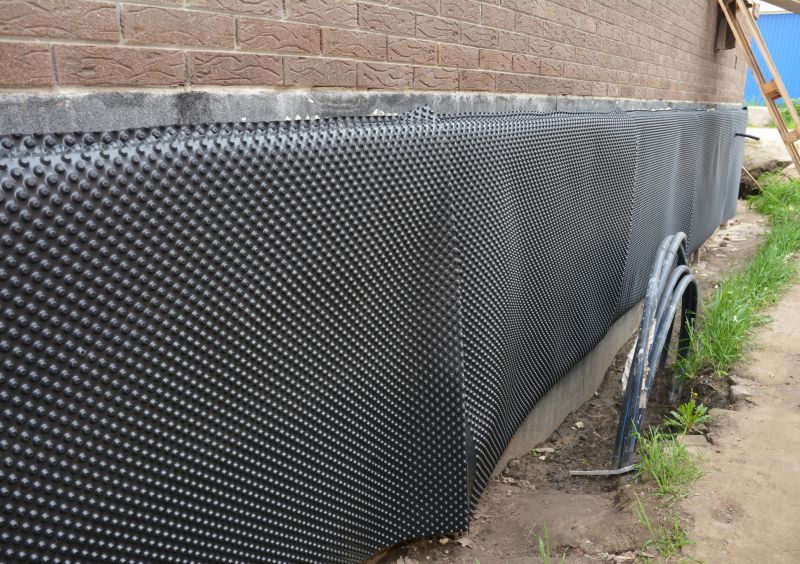
Application process during optimal weather conditions.
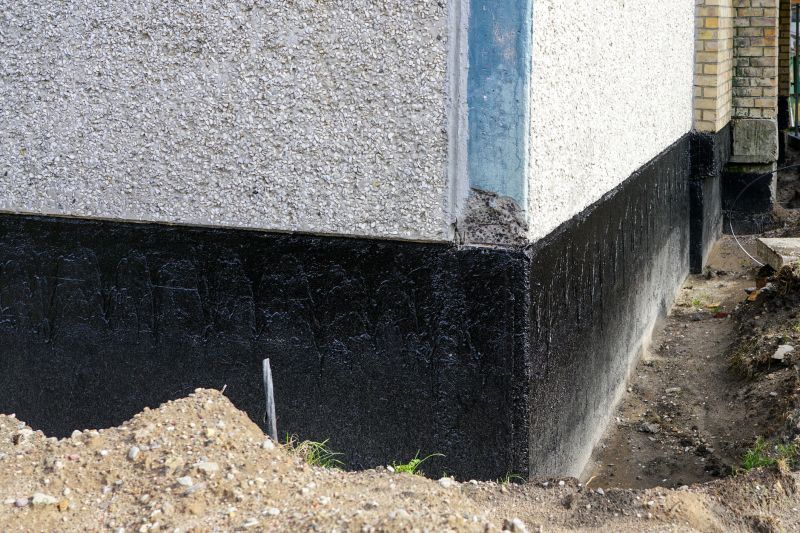
Layered waterproofing systems for enhanced protection.

Ensuring surfaces are ready for waterproofing application.

Completed waterproofing projects in ideal weather.
Interested parties are encouraged to contact for more information on scheduling waterproofing projects during the most suitable times. Proper planning and execution can significantly enhance the longevity and effectiveness of waterproofing systems, safeguarding structures against water damage and related issues.

